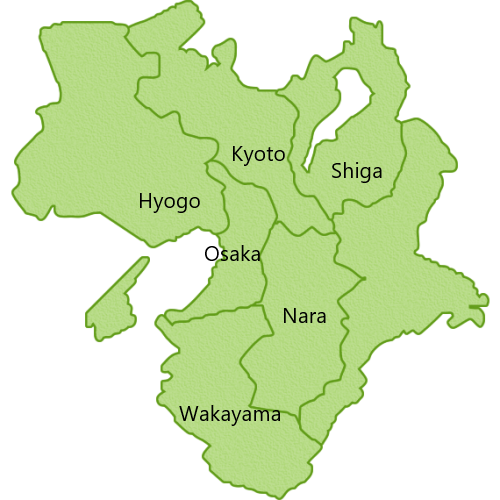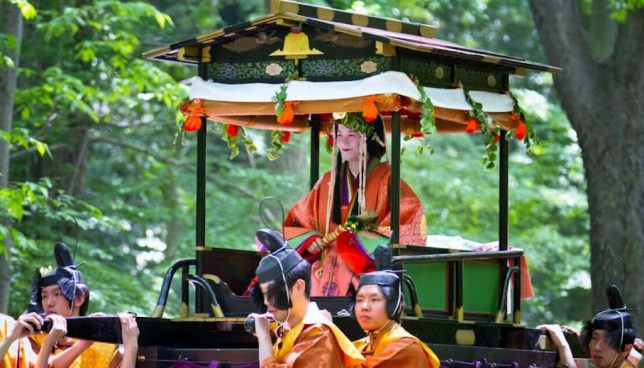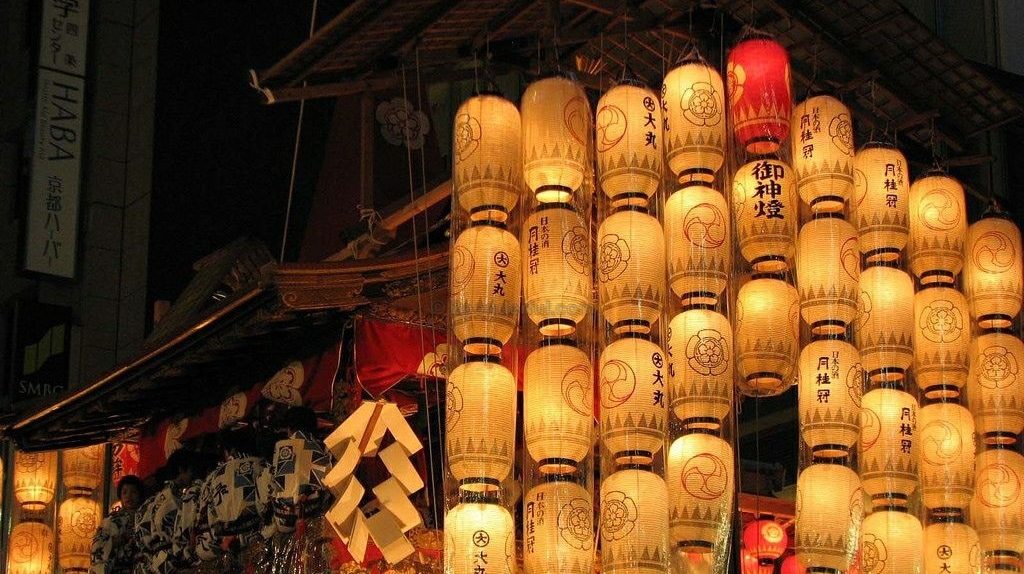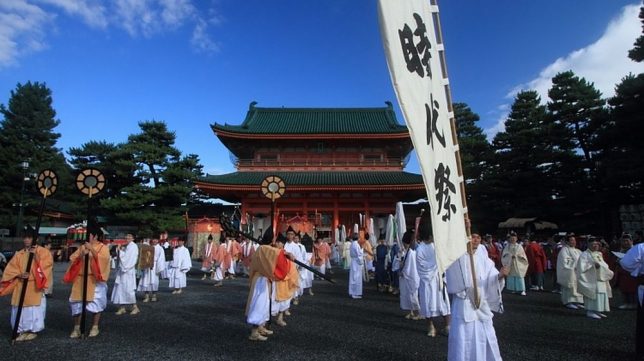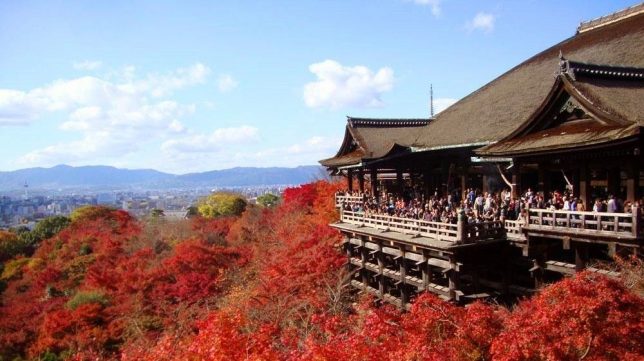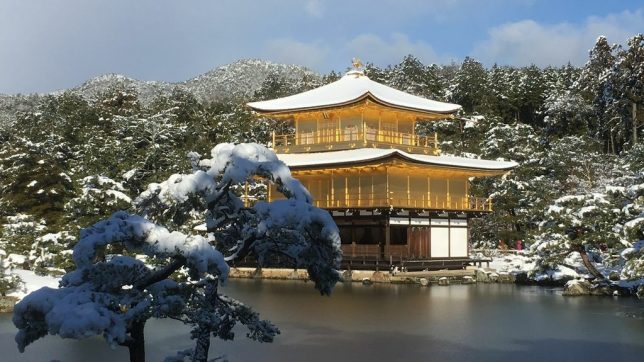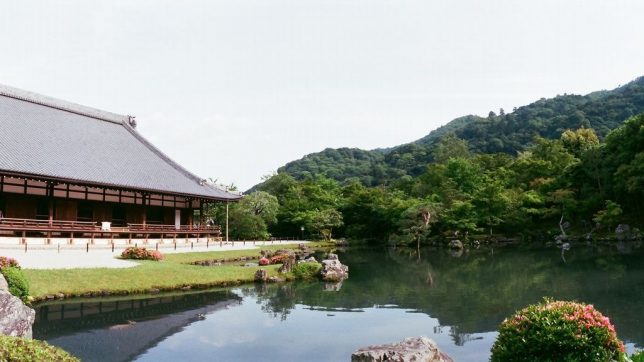Kyoto is the cultural and historical heart of Japan. It’s the best place to experience Buddhist temples, mysterious Shinto shrines, Japanese Zen gardens, graceful geisha, and traditional festivals.
Kyoto (京都) served as Japan’s capital and the emperor’s residence from 794 until 1868. It is one of the country’s ten largest cities with a population of 1.5 million people. Today, countless temples, shrines and other historically treasured structures remain in the city with a modern face.
Explore Kyoto by Area
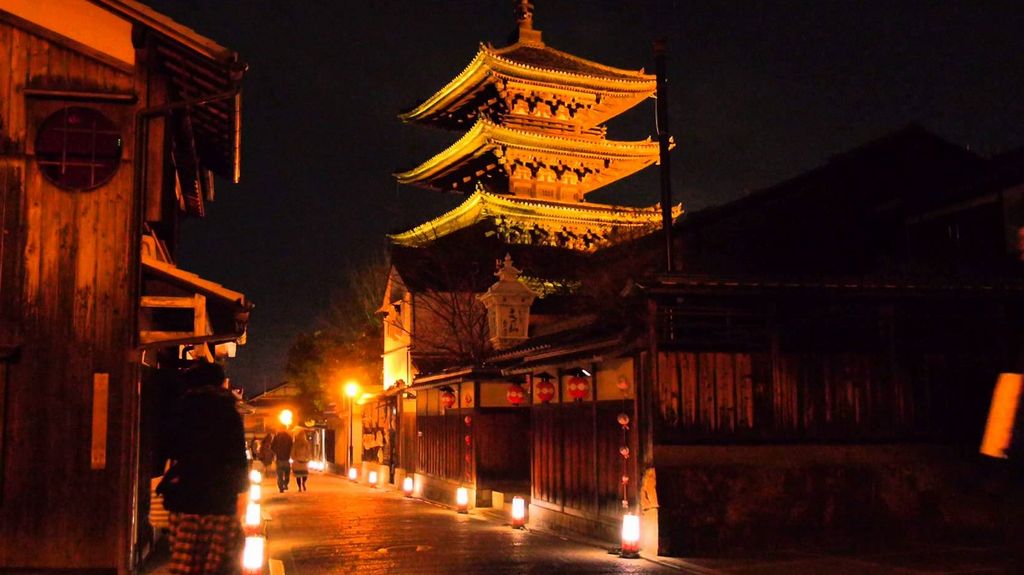
Higashiyama Area is the most important sightseeing district in Kyoto. It contains everything from impressive temples, to preserved lanes, to the Kyoto’s main geisha district.
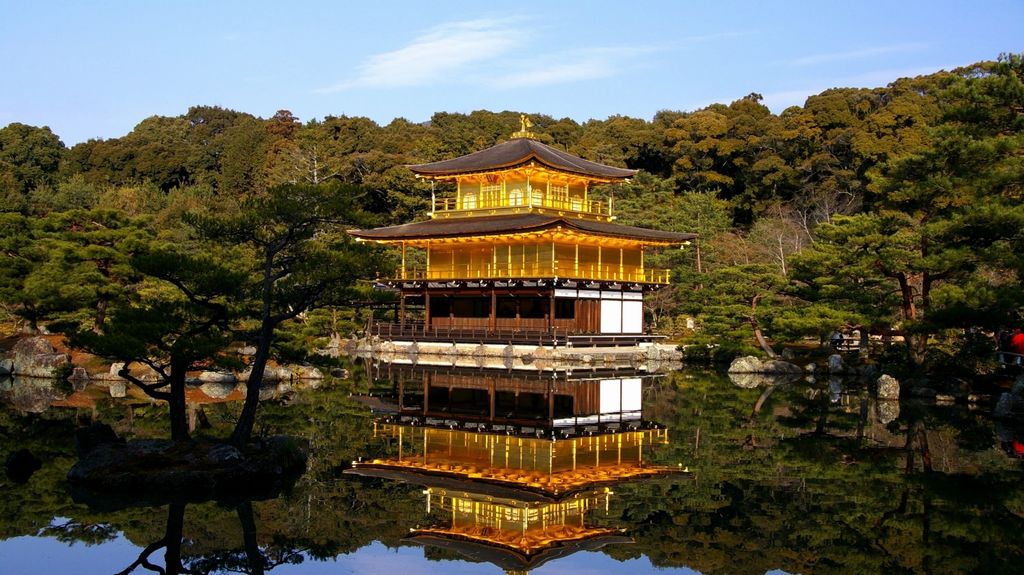
The Western Kyoto Area contains several of Kyoto’s most important sights like the Golden Pavilion, and Ryoan-ji Temple with its famous zen rock garden.
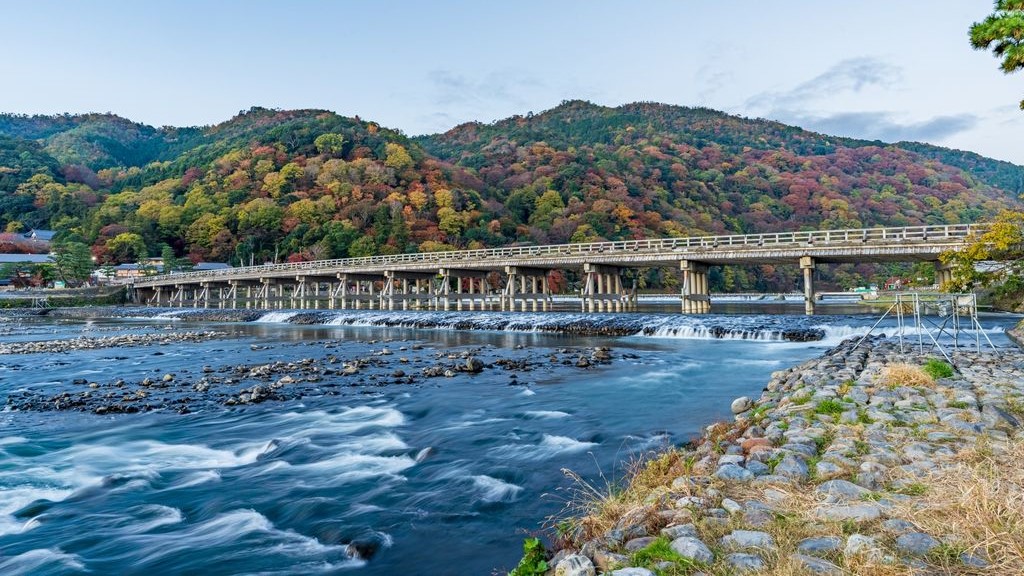
Arashiyama is one of the most important sightseeing district in Kyoto. It’s famous for its Bamboo Grove. The entire area is filled with temples and shrines.
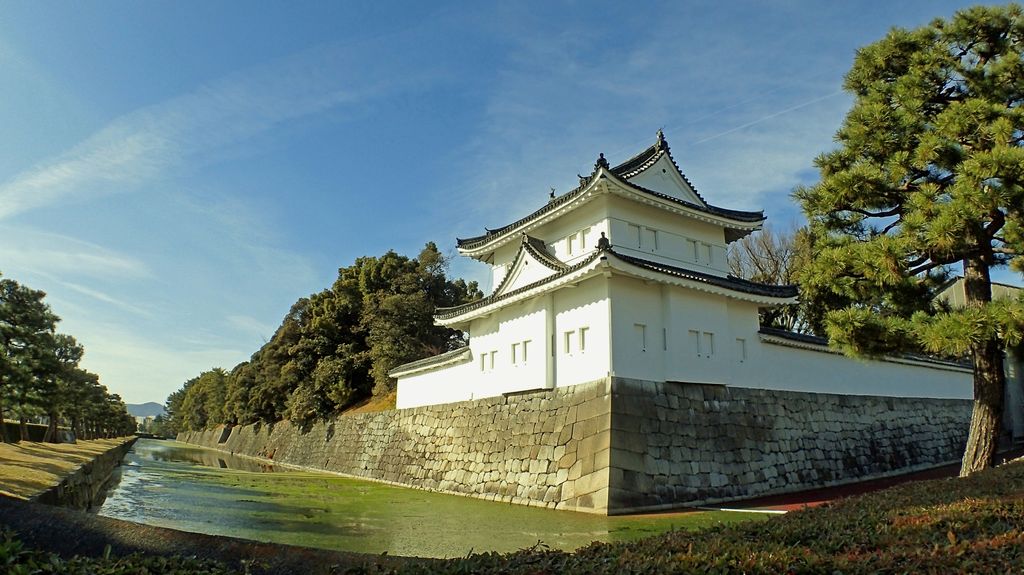
Central Kyoto contains two of the most important tourist sites in the city, the Imperial Palace and Nijo Castle, as well as a few smaller sights and attractions.
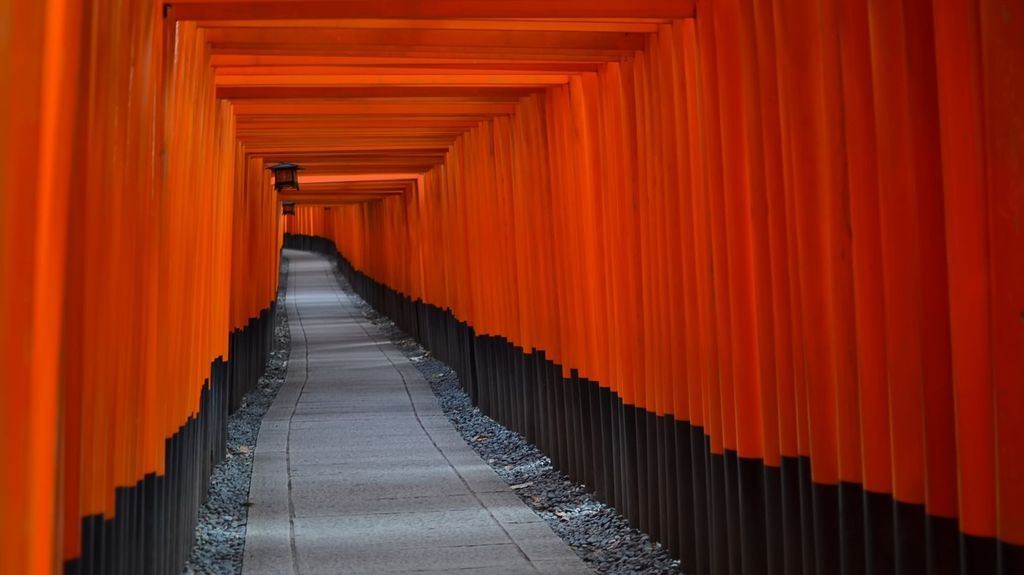
Southern Kyoto is home to the Kyoto’s most popular sight, the Shinto wonderland of Fushimi-Inari-Taisha Shrine with a thousand of vermilion torii gates.
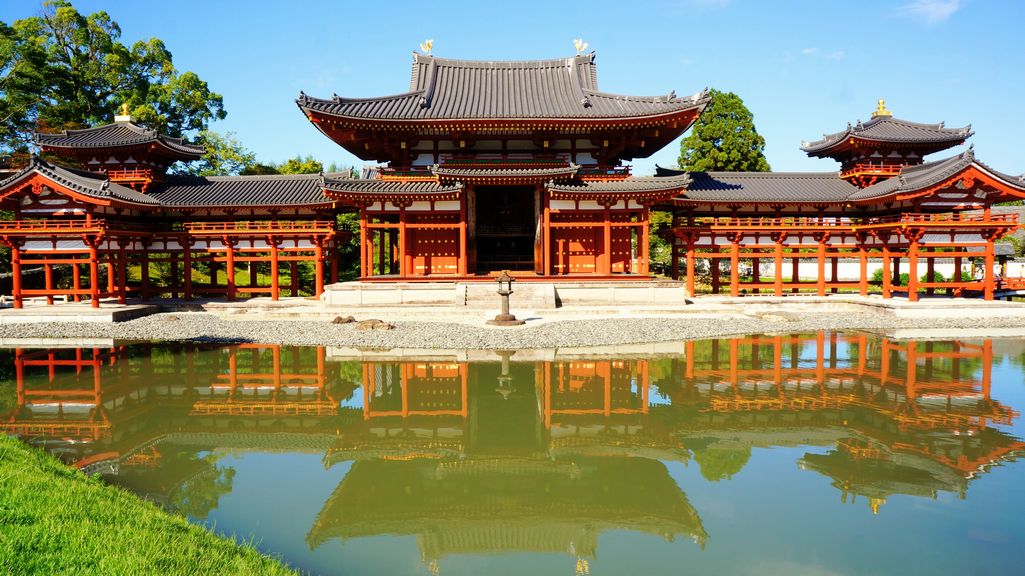
Uji is about 15-km southwest of the Kyoto city, Uji is famous for Byodo-in Temple (the temple on the back of the 10 yen coin). It’s also famous as a tea growing area.
The three major festivals in Kyoto
UNESCO World Heritage Sites
Kyoto has one of the world’s largest collections of UNESCO World Heritage Sites.
- Ginkaku-ji Temple
- Ryoan-ji Temple
- To-ji Temple
- Saiho-ji Temple
- Nijo Castle
- Nishi-Hongan-ji Temple
- Ninna-ji Temple
Some of Kyoto finest sites are not on the list, such as Fushimi-Inari-Taisha Shrine and Nanzen-ji Temple.
Seasonal Highlights of Kyoto
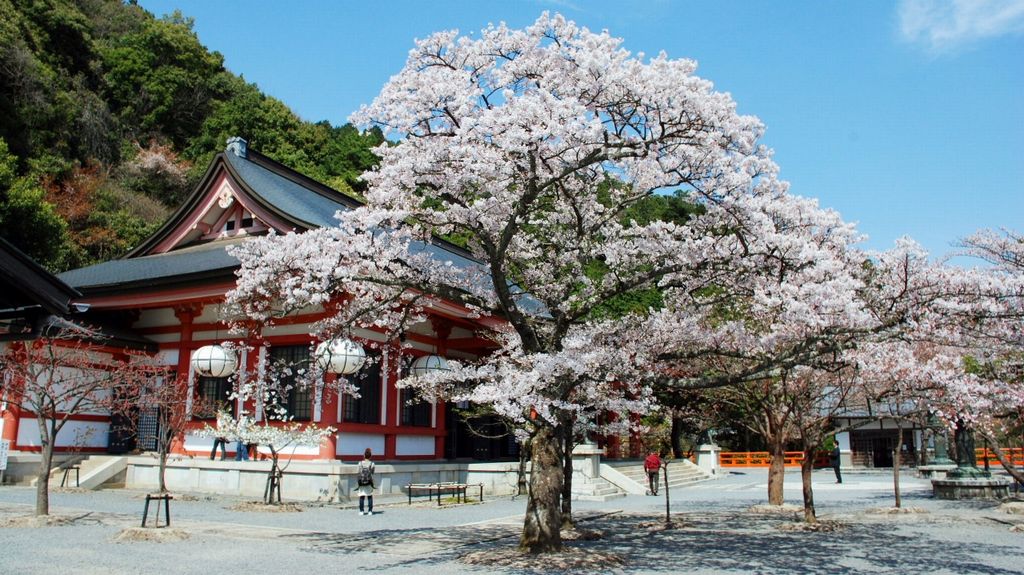
Late March to early April is the time to view cherry blossoms in shrine and temple gardens. Some are pale, reddish and late-blooming.
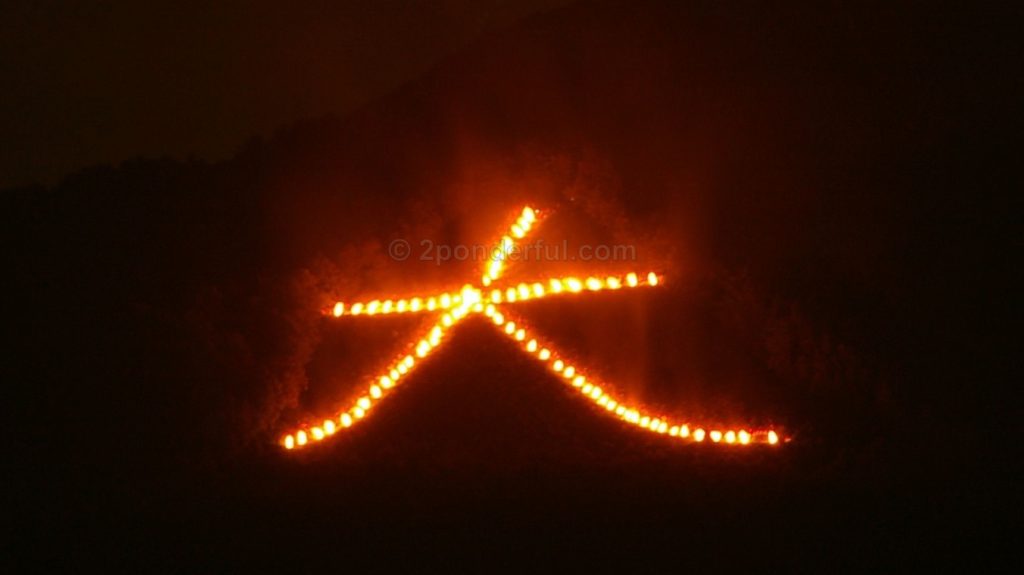
Lush green maple leaves at the famous garden, the month-long Gion-matsuri Festival, and fire displays on mountains are on.
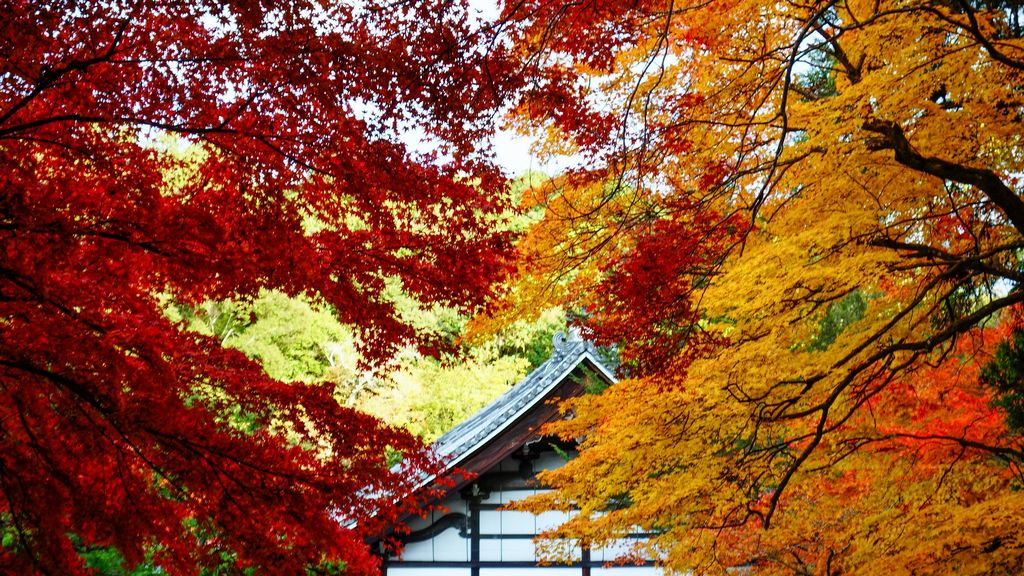
Kyoto’s autumn foliage attracts visitors from the world. Red and yellow leaves at the famous sites can be seen. The Jidai Matsuri Festival is another autumn highlight.
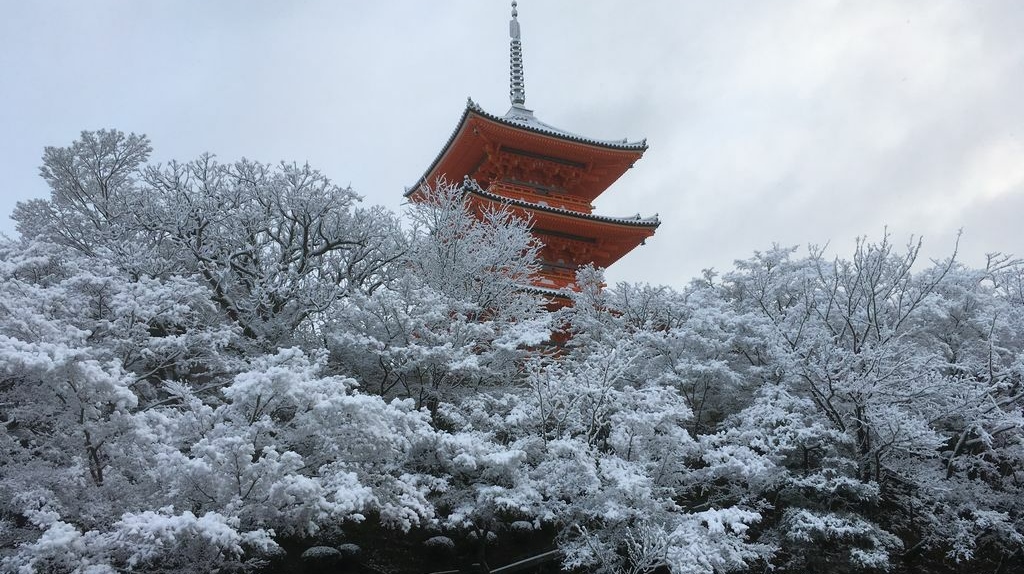
It snows sometime making a fantastic view, and plum blossoms emerge after the snows. Winter festival Arashiyama Hanatoro lit up the city of Kyoto.
Kyoto’s Local Specialties

Kiyomizu yaki or Kyo-yaki , handmade ceramics are characterized by painted overglaze enamel. This craft has been used in sophisticated pastimes, such as the tea ceremony and flower arrangement.

Nishijin-ori, high quality silk textiles originate in Nishijin, the garment district of Kyoto. They are thread dyed figured fabrics that come in many style,and last a lifetime. Nishijin-ori textiles have been designated as a Japanese traditional craft.

Kyo-gashi are a type of wagashi, or traditional Japanese sweet. They are beautiful, colorful and symbolic confections. It often comes with a tea. “Yatsuhashi” is one of the most famous one that come in many different flavors, including chocolate, custard cream.
Getting to Kyoto
From KIX (Kansai International Airport), Osaka
JR Haruka Airport Express to JR Kyoto station (About 75 min, 3,000 yen)
Airport limousine buses (About 120 min. 2,600 yen) Airport limousine buses will drop you off at selected destinations in Kyoto.
From Itami (Osaka International Airport), Osaka
Airport limousine buses (About 60 min, 1,400 yen) Airport limousine buses leave regularly to Kyoto Station and selected hotels in Kyoto.
From Tokyo
The Shinkansen Nozomi bullet train travels from Tokyo station to Kyoto station (About 135 min)
Kansai Region
